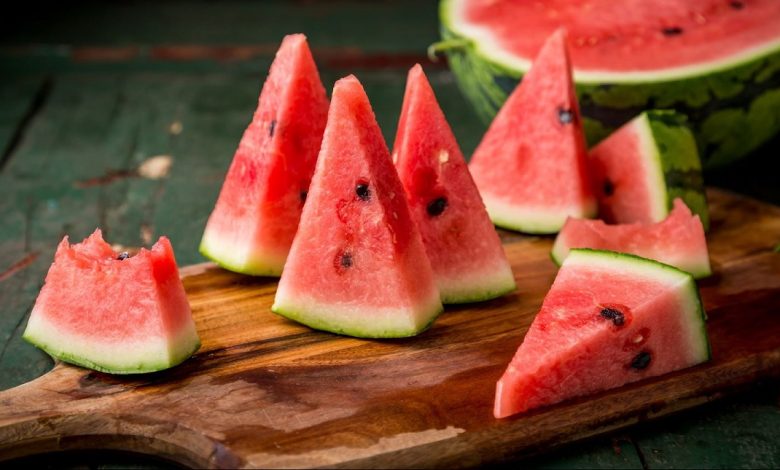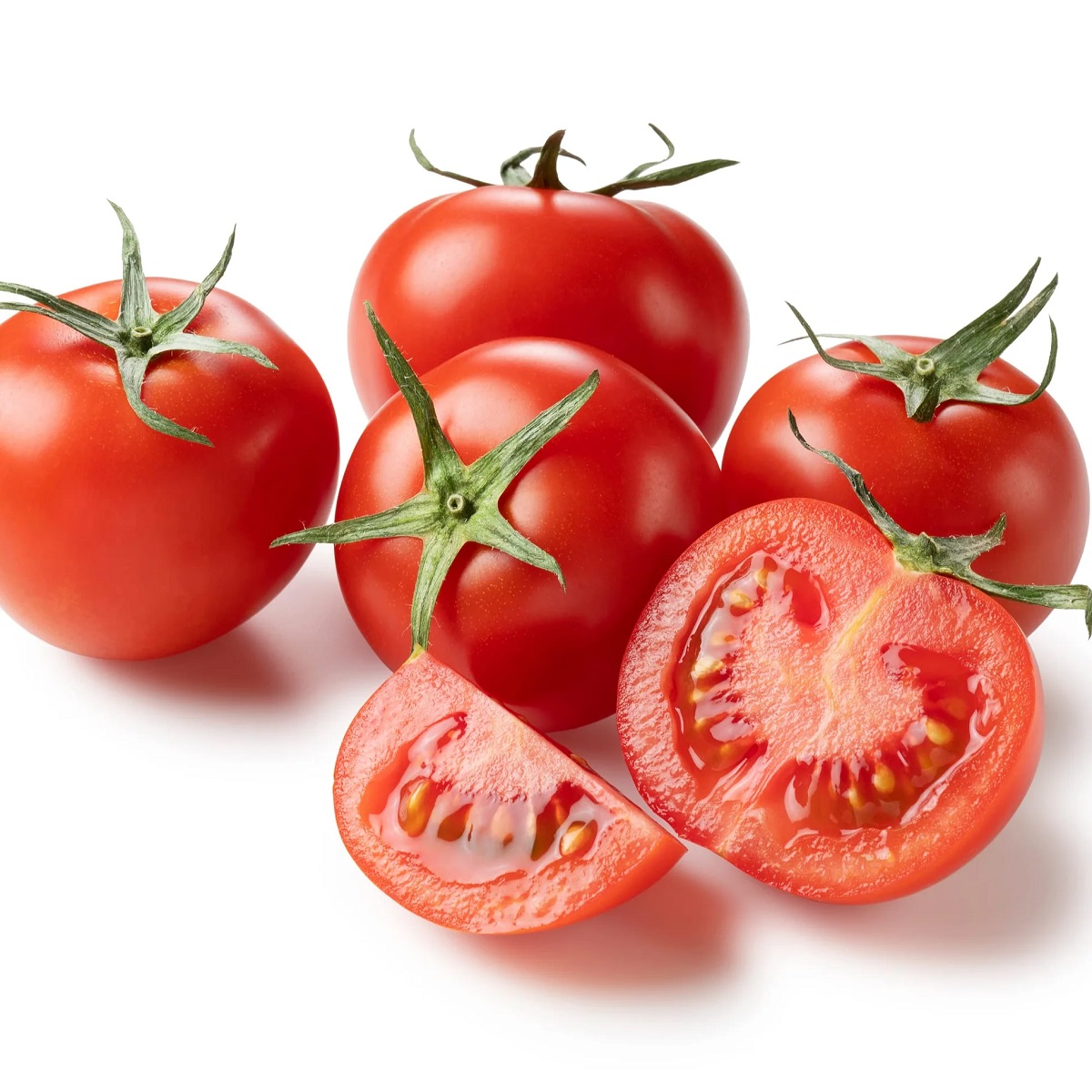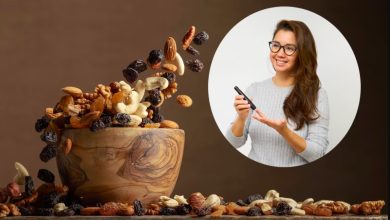Tomato And Watermelon Pigments May Help Prevent Depression

Pigments: Lycopene, a natural plant extract that gives fruits and vegetables like tomatoes and watermelons their red and pink colors, can help reduce symptoms of depression by improving the connection between brain cells.
Recent studies suggest that lycopene, a natural plant extract responsible for the red and pink colors in fruits and vegetables such as tomatoes and watermelons, can help reduce depression symptoms by enhancing the connectivity of brain cells.
Pigments, Plant extracts are mixtures of secondary metabolites like phenols, phenolic acids, terpenes, terpenoids, flavonoids, and sometimes fatty acids, which plants typically produce as natural defenses or to attract insects and protect themselves from diseases and pests. Many of these compounds have antioxidant, anti-inflammatory, and therapeutic properties.
According to researchers from Chongqing Medical University in China, as quoted by New York Post, “Natural plant extracts have the advantage over synthetic drugs in that they are more suitable for long-term use, have fewer side effects, and are safer. As research advances, it has been proven that plant extracts like lycopene and curcumin have protective effects on nerve cells, with lycopene standing out due to its strong antioxidant properties and wide accessibility.”
Pigments, The scientists used techniques to induce depressive-like symptoms in 60 mice in order to investigate the effect of lycopene on this condition. The depressed mice were then divided into two groups, with one group receiving 20 mg of lycopene per kilogram of body weight, while the other group received a placebo in the form of corn oil.
The mice that received lycopene interacted more socially with other mice and showed more interest in a sugar-water solution, which is considered a stimulant for inducing pleasure, compared to the placebo group. The researchers found that putting the mice under stress led to disruptions in their synaptic flexibility, a vital process for learning and memory formation that enables the brain to store information and adapt to new experiences.
Treatment with lycopene helped restore the damaged synaptic flexibility and reversed depressive-like behaviors via a specific signaling pathway in the nervous system.
Pigments, However, this study had several limitations. The researchers only used male mice and focused on the impact of lycopene on the hippocampus, a part of the brain primarily responsible for learning and memory.
Pigments, They also noted: “Since depression is a chronic disease, its pathological mechanisms (biological and physiological changes) often require more time to fully manifest. Therefore, extending the observation period after lycopene intervention may provide a more comprehensive evaluation of its effectiveness.”
Pigments, An important point is that the mice received a dose equivalent to 20 mg of lycopene per kilogram of body weight, whereas the equivalent dose for humans is estimated to be approximately 1.62 mg per kilogram. Thus, for a person weighing 90 kg, this would be around 147 mg of lycopene per day. While some studies have shown that a maximum of 75 mg of lycopene per day is safe, a study published last June reported that consuming up to 100 mg is harmless.
Tomato And Watermelon Pigments

Here Is The lycopene Content In Some Foods:
Pigments, Dried tomatoes, with the highest concentration of lycopene among tomato products, contain 45.9 mg of lycopene per 100 grams.
130 grams of fresh tomatoes: 4–10 mg of lycopene.
One tablespoon of ketchup: 3.3 mg of lycopene.
Tomato paste: 16 mg per 100 grams.
Watermelon: 4.5 mg per 100 grams.
Papaya: 1.8 mg per 100 grams.
Pink grapefruit: 1.1 mg per 100 grams.
Also Read:
Just A Thousand More Steps A Day: A Path To Combating Depression
Firstborn Mental Health: Firstborn Children More Likely To Suffer From Depression And Anxiety




